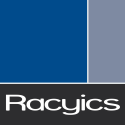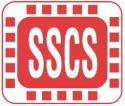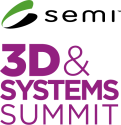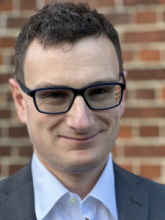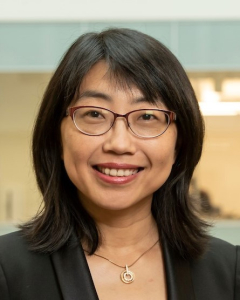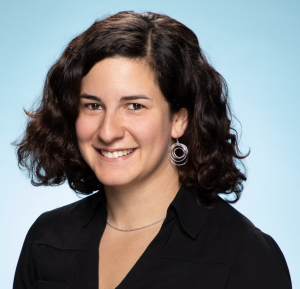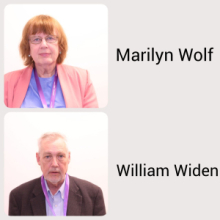EDAA Achievement Award 2024
In 2024, the European Design and Automation Association (EDAA) will grant the 22nd EDAA Achievement Award.
Scope and Goals
The EDAA Achievement Award shall be given to individuals who made outstanding contributions to the state of the art in electronic design, electronic design automation, testing of electronic systems as well as embedded systems and software, during their career.
Candidates can be of any age. In order to be eligible, candidates must have made innovative contributions which had an impact on the way electronic and embedded systems are being designed. The goal of granting the award is to make the excellent work accomplish by people working within the above scope more widely known and to help publicizing the results more broadly.
Nomination
Nominations should be sent to the Chair of EDAA, David Atienza (david [dot] atienza epfl [dot] ch), by 15 December 2023. Nominations should include a 2-/3-page appraisal of the candidate's work.
epfl [dot] ch), by 15 December 2023. Nominations should include a 2-/3-page appraisal of the candidate's work.
The award will be handed over during the DATE 2024 opening ceremony in Valencia, Spain.
Download the detailed call for nominations here: https://www.edaa.com/wp-content/uploads/2023/10/EDAA_Achievement_Call-2…
About EDAA
EDAA is a non-profit association. Its purpose is to operate for educational, scientific and technical purposes for the benefit of the international electronics design and design automation community. The Association, in the field of design and design automation of electronic circuits and systems, promotes a series of high quality technical international conferences and workshops across Europe and cooperates actively to maintain harmonious relationships with other national and international technical societies and groups promoting the purpose of the Association. EDAA is the main sponsor of DATE, the premier Design, Automation and Test Conference in Europe.
Share this page on social media









